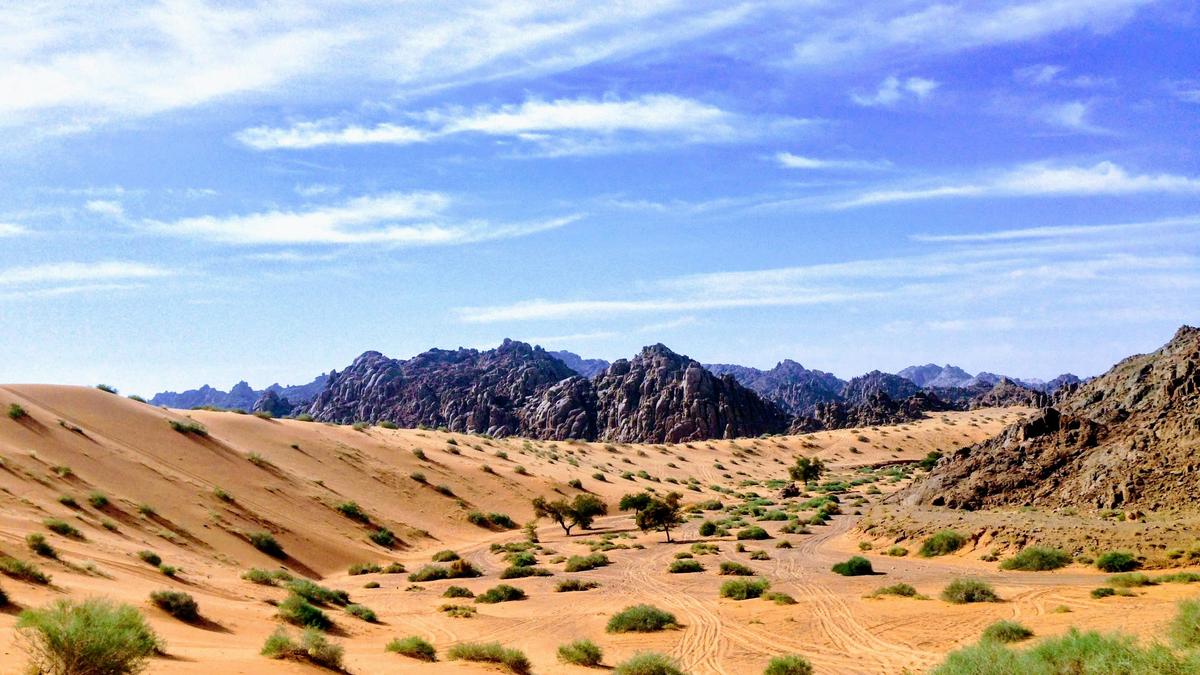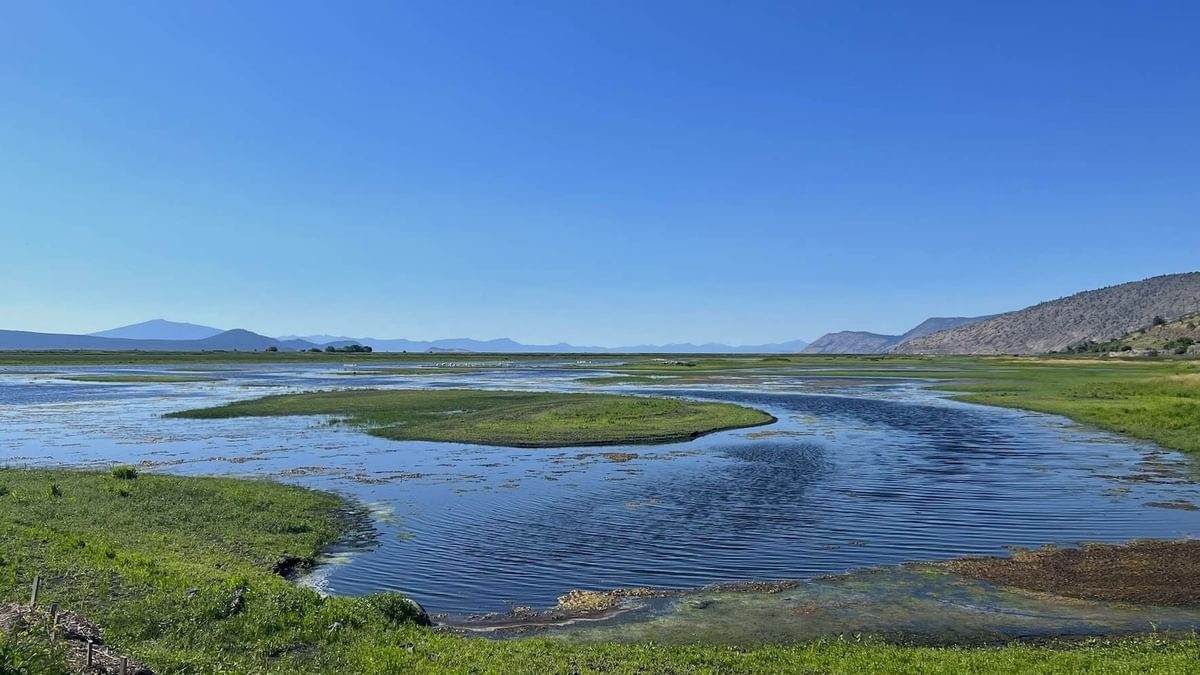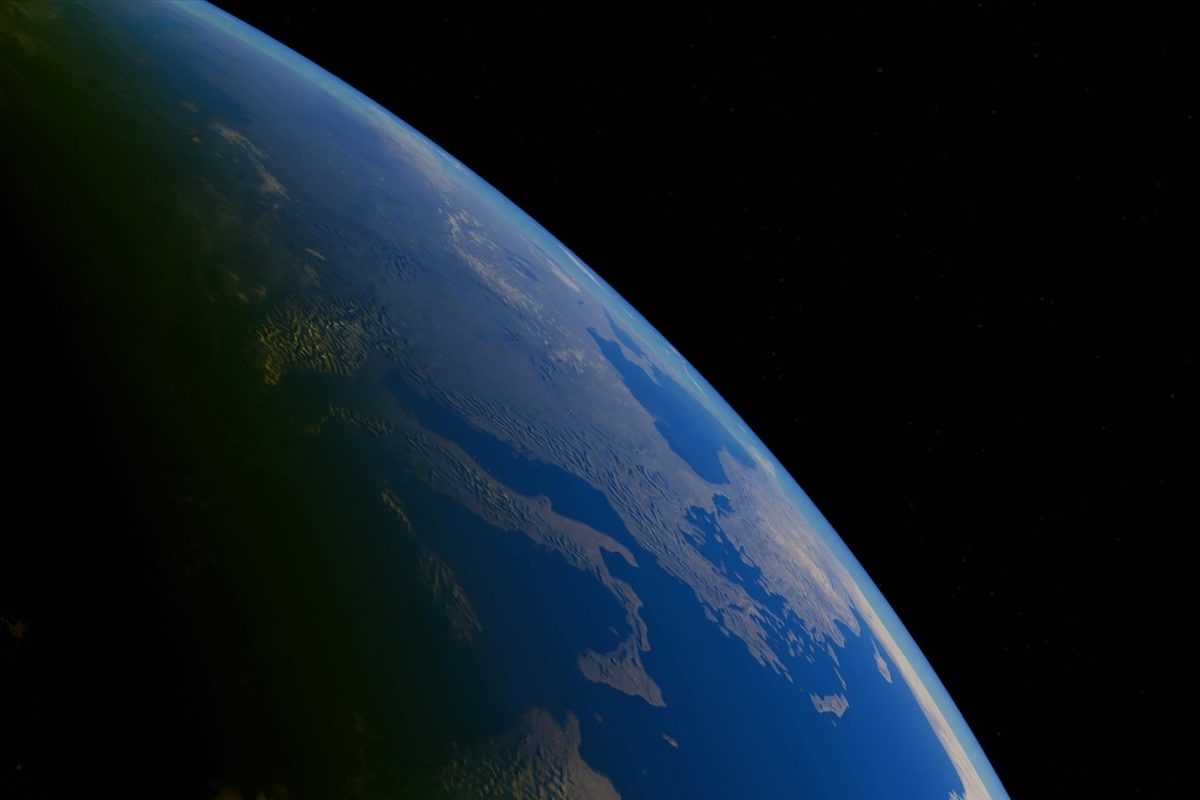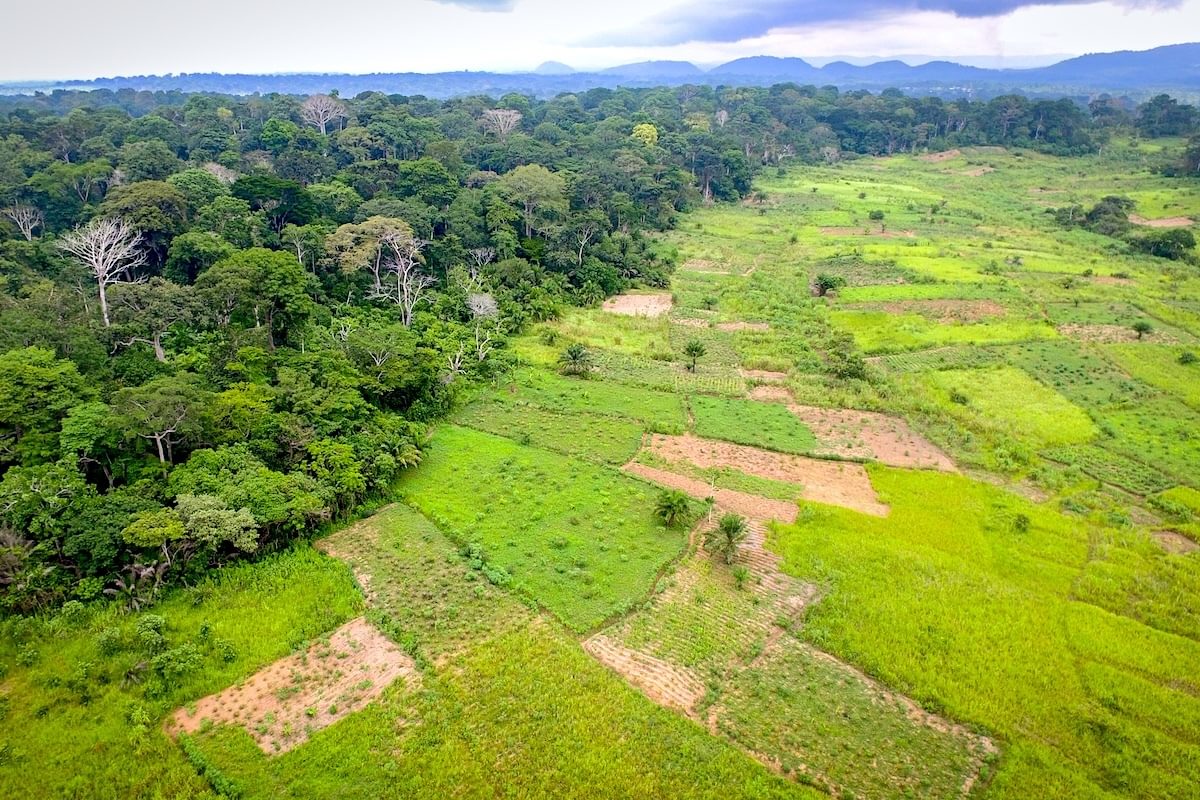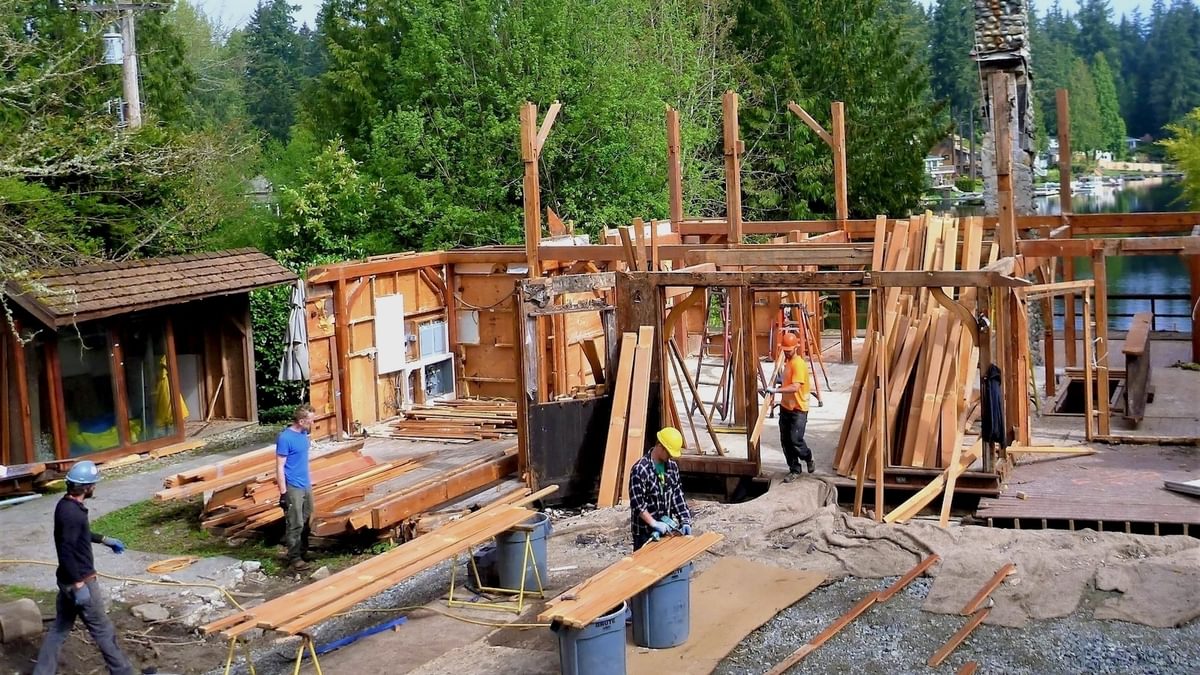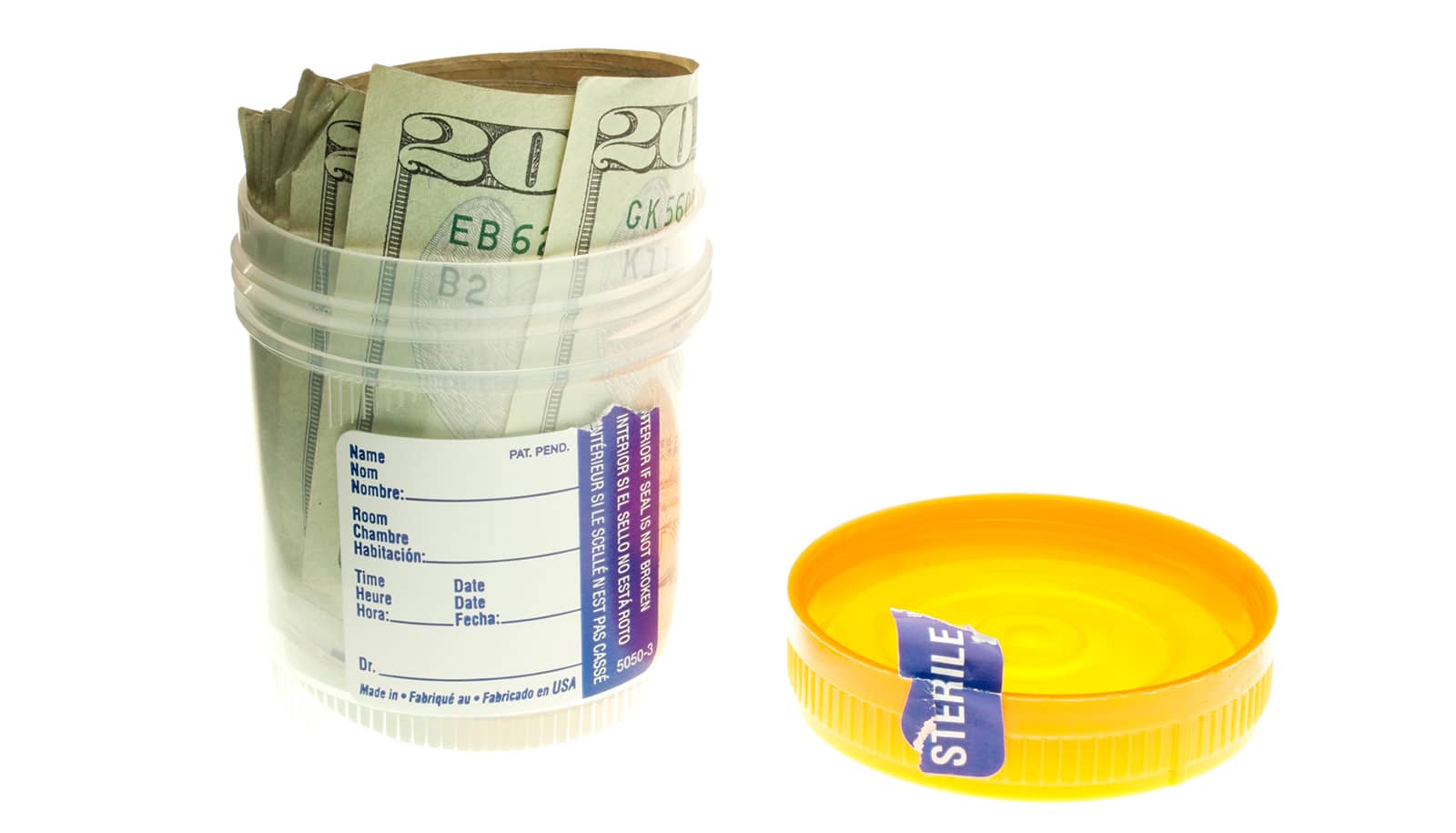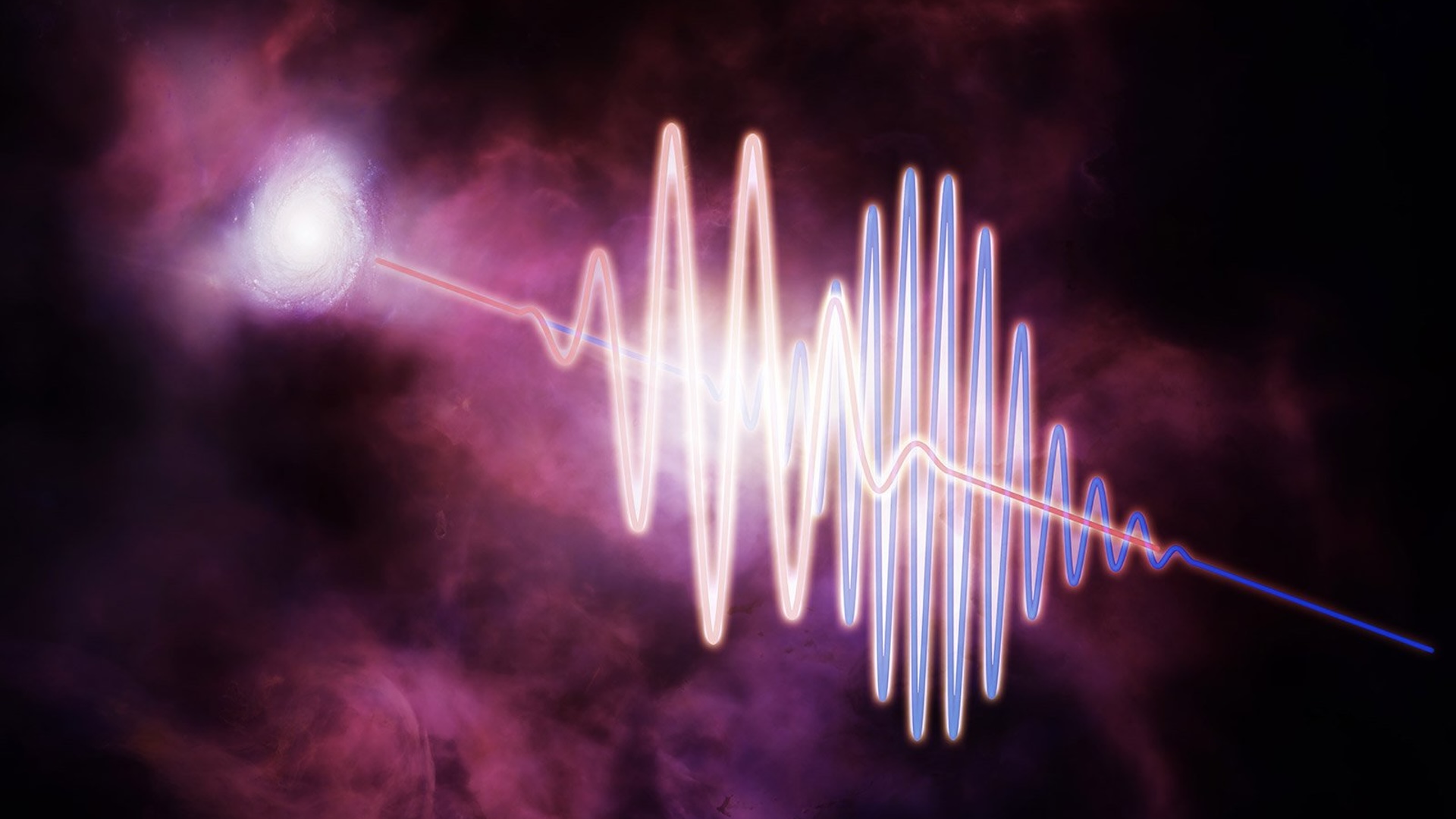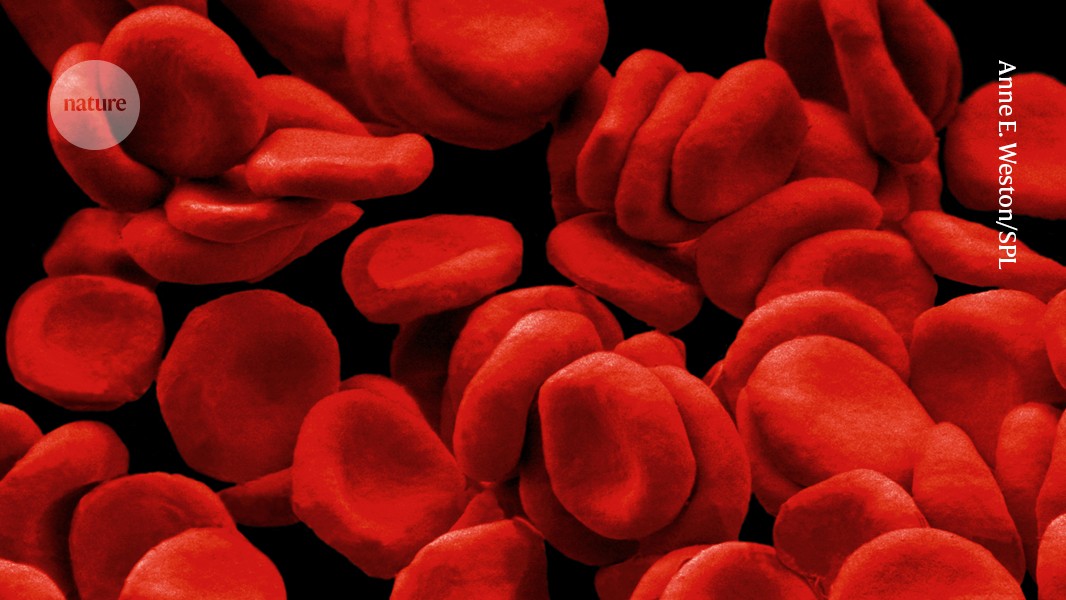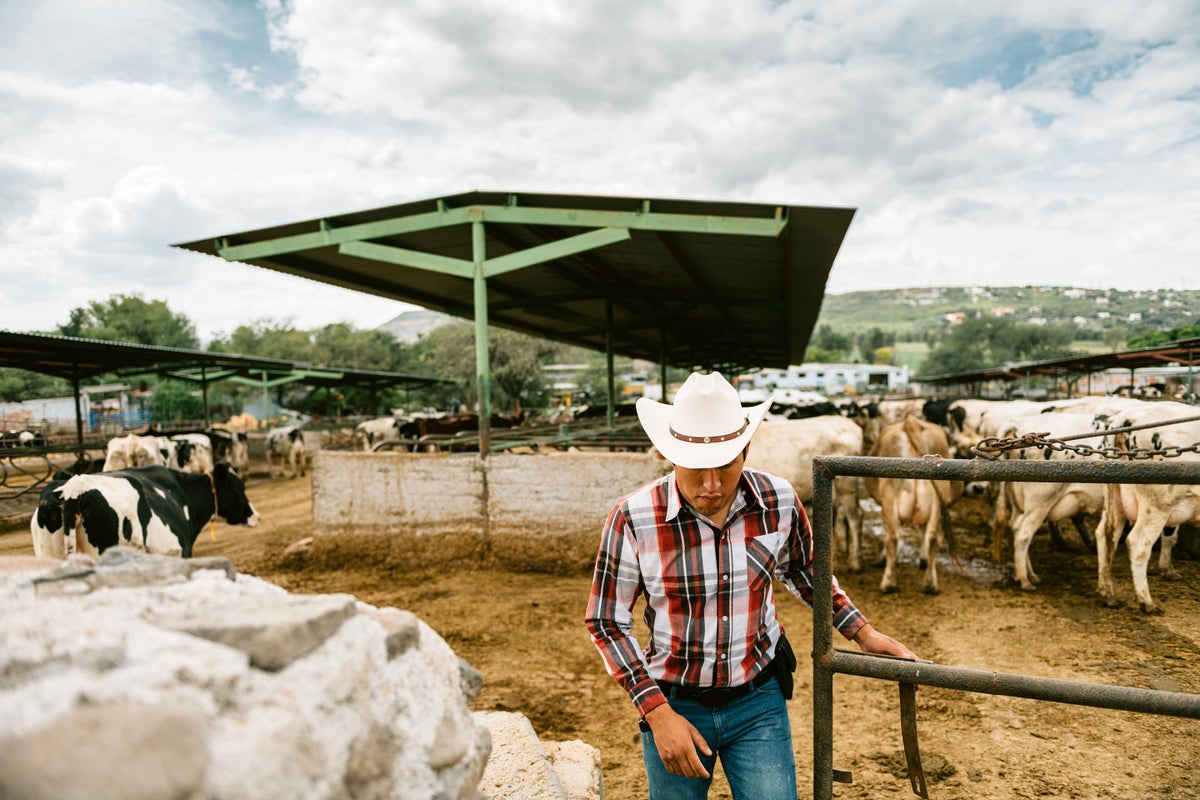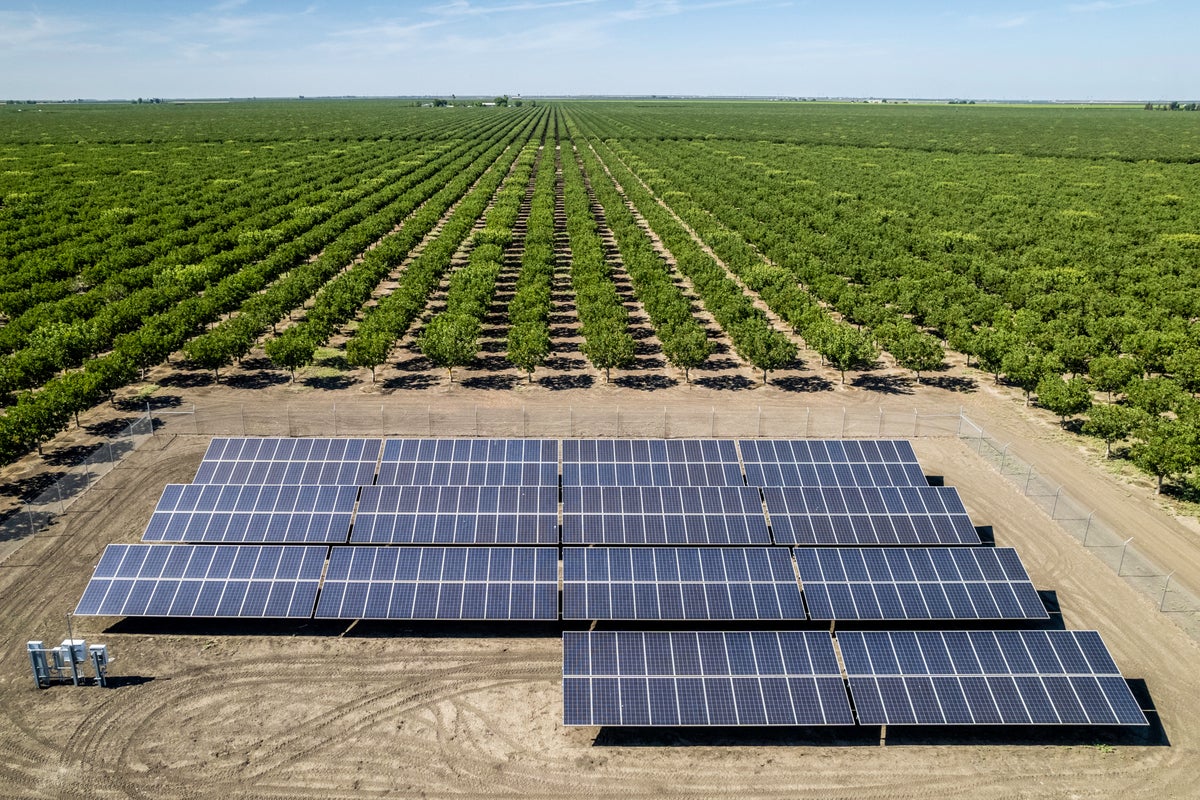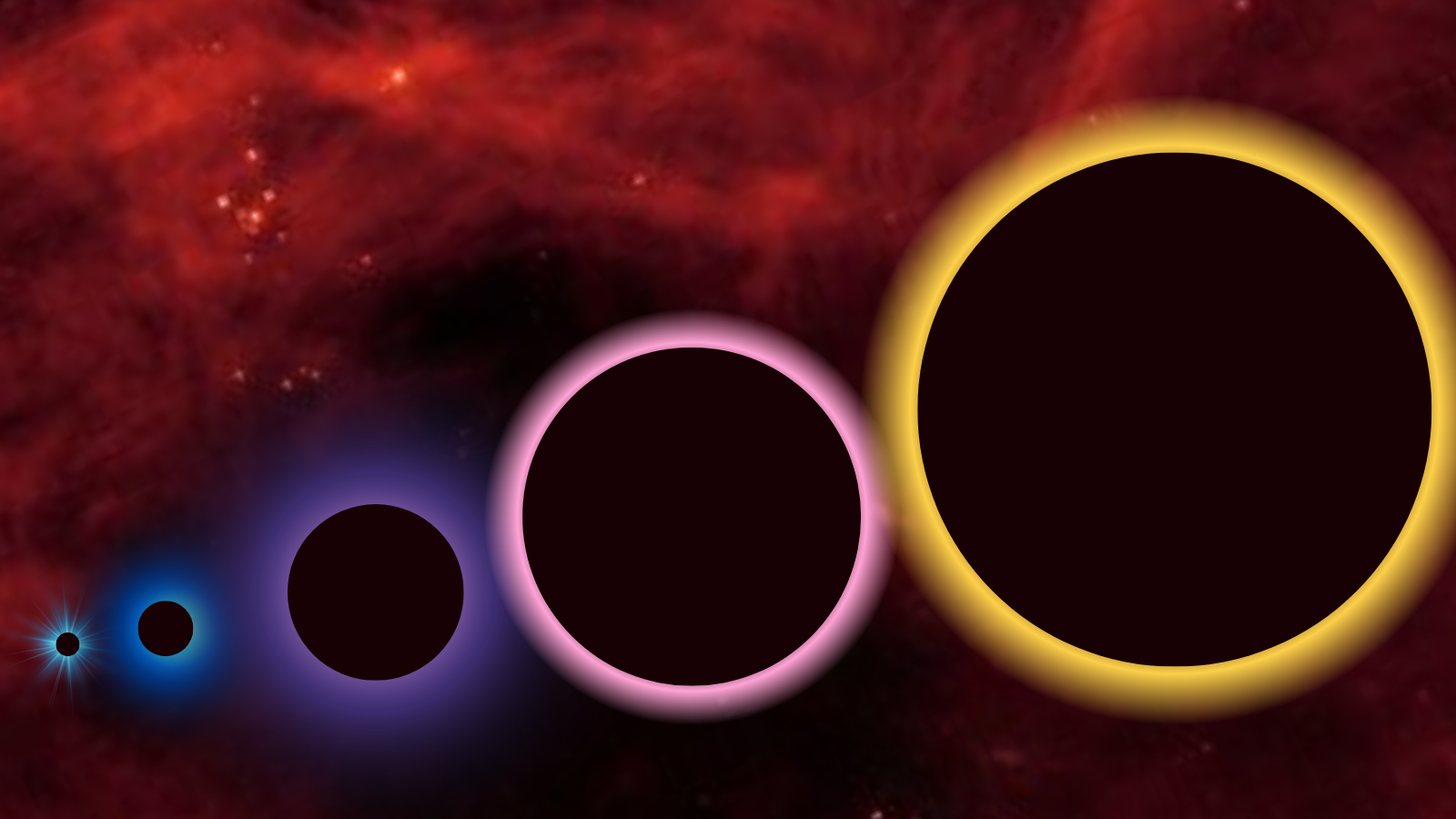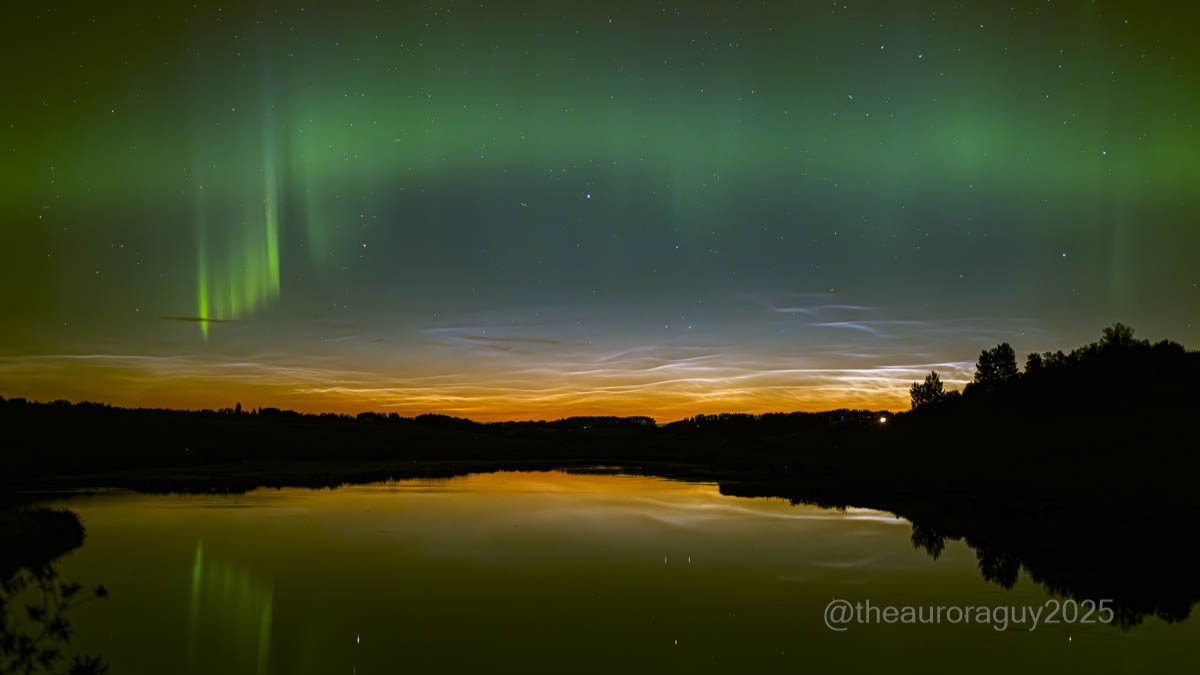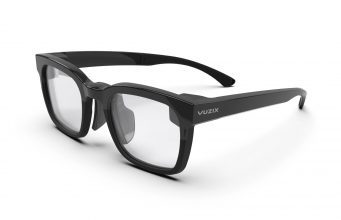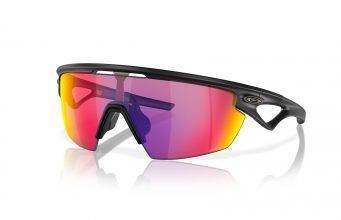What’s the formula for the ‘perfect wave’?
But ask a surfer—or a scientist—and you’ll find that perfection is both elusive and everywhere. The post What’s the formula for the ‘perfect wave’? appeared first on Popular Science.

“The sea, once it casts its spell, holds one in its net of wonder forever.” — Rachel Carson
Carson’s words reflect something surfers have long understood: the ocean is an endless promise of possibility of mystery, euphoria, power, beauty, play, and perfection. In other words, “stoke.”
Perhaps, for you, the perfect wave is the one that sparkles most at the ocean’s edge during golden hour. Or the one you remember simply because of who was sitting beside you when you observed it—even if the wave itself collapsed into mush. Or the one that you dove through with your cousins while growing up, because its big, curling shape left just enough room to slip through, clean and laughing, before the white water crashed.
For those who chase and study the waves most eagerly—surfers—its something both technical and deeply felt. The shape, the speed, the feeling of being fully present, and of sensing a complete in synchronicity with the ocean.
To the untrained or unadmiring eye, perhaps a wave is just a moving wall of water. But to oceanographers, engineers, and any whose soul is intertwined with the sea, it’s a shape full of meaning, sculpted by the mathematics of our planet.
And a perfect wave doesn’t just happen. Beneath the magic and beauty lie the physics in action. Its perfection is born from a precise combination of wind speed, swell angle, and the contours of the seafloor, also known as bathymetry.
But ask 50 surfers what makes a wave “perfect,” and you’ll get 50 different answers.
So what really forms a perfect wave—and is that perfection mathematically measurable, or something entirely personal?

“I don’t know if perfect waves really exist,” says Cliff Kapono, a professional surfer and PhD chemist at the MEGA Lab, a nonprofit focused on ocean conservation. “But for me, finding perfection in many types of waves is always worthwhile.”
The foundation for any wave begins far out at sea, where energy builds and travels across vast distances before finally shaping. By the time a wave has reached the coastline, it carries with it an imprint of its long journey.
Waves along California’s coast, for example, often originate from storms in the North Pacific, particularly during the winter months. These storms can generate powerful swells that travel thousands of miles across the ocean before arriving at the shore. For instance, these particular swells traverse approximately 2,100 nautical miles to reach the coast. Given that swell speed is roughly proportional to the swell period—the time, in seconds, between successive wave crests—a swell with a period of 14 seconds would take about 100 hours to cover this distance.
Similarly, swells generated in the Southern Hemisphere, such as those from storms near New Zealand, travel over 5,000 miles to reach Southern California. These long-period swells, with periods ranging from about 12 to 18 seconds, can produce waves up to 15 feet in height upon arrival.
These long journeys across the ocean shape the energy and timing of the swells, but it is the underwater landscape—the bathymetry—that ultimately molds how these waves break once they reach shore.
As both a scientist and as a Native Hawaiian, whose ancestral knowledge is rooted in reading the ocean, bathymetry is Kapono’s favorite factor to study. He’s now working to map 1 million reefs by 2030, with the help of citizen scientists across the globe.
Rising and warming seas, coastal erosion, and development threaten this delicate cadence of forces, with grave implications for surfing. A 2017 analysis of the California coastline found 34 percent of the state’s breaks could be lost to climate change by 2100.
These shapes and contours of the seafloor directly influence how a wave forms and breaks. As ocean swells travel over underwater features like reefs, sandbars, and rocks, the changing depth causes the wave to slow, rise, and shape itself. This underwater landscape determines whether a wave will peel gently, curl tightly into a tube, or crash unpredictably. In essence, the seafloor acts as a blueprint for the wave’s size, speed, and rideability.
Kapono considers ride length, ease of entry, maneuverability, and the thrill of tube riding among the key elements that make a wave ideal. While many variables contribute to what surfers perceive as perfection, he pays particular attention to the seafloor. In his experience, the best waves often occur under light, offshore winds of less than 10 knots, which create smooth, predictable surfaces for carving and control.
But optimal conditions vary greatly depending on location. A reef break like Pipeline, for instance, tends to perform best with a west-northwest swell of around 11 feet and a 17-second period, paired with light east-southeast winds and minimal sand on the reef to expose the hardened ocean floor.
Yet, those same ideal conditions can also make Pipeline one of the world’s most dangerous waves—a tradeoff many surfers choose to avoid. For some, Kapono notes, smaller and safer setups, like the sand-bottom breaks in Oaxaca, Mexico, are more appealing. Waves at Barra de la Cruz, for example, are shaped by long-period southern swells and light winds from the north. The quality of these waves depends on how offshore sand accumulates and aligns with the direction of a rider’s path down the line.

From an anthropogenic perspective, Kapono points out that crowding is a major factor—some surfers prioritize solitude over textbook conditions. Water quality, often shaped by nearby human activity, also plays a role in how enjoyable a wave feels. And ultimately, what defines a perfect wave is subjective: it depends just as much on the board under your feet as on the shape of the wave itself.
“For me, every type of wave has perfection, it just comes down to finding the right tool needed to find it and then learn what environmental conditions support this discovery the best. Swell height, period, direction, wind and bathymetry will change,” says Kapono, “but finding the right combination to one’s favorite wave is what keeps us surfers searching.”
This story is part of Popular Science’s Ask Us Anything series, where we answer your most outlandish, mind-burning questions, from the ordinary to the off-the-wall. Have something you’ve always wanted to know? Ask us.
The post What’s the formula for the ‘perfect wave’? appeared first on Popular Science.
























